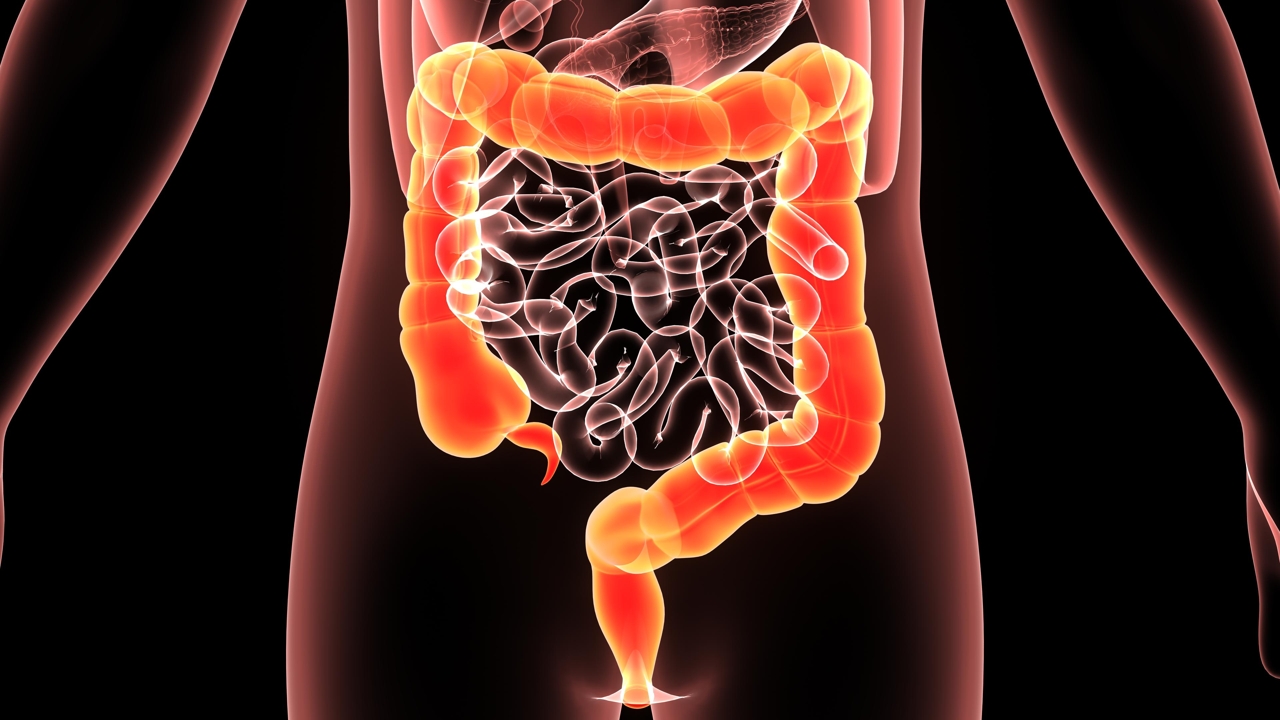
The causes behind intestinal pain are many. Let us gather more relevant information about the digestive problem from this article.
Intestinal pain gives a painful sensation anywhere in the abdominal cavity. This pain is mainly triggered by some problems associated with the digestive system. The type and severity vary according to the underlying cause. Sometimes, it is felt as a stabbing pain that lasts for a short period of time and at other times, it could be a dull pain lasting for several hours. When the pain turns severe, many patients start throwing up. In some cases, they may experience muscle cramps in the abdomen.
Causes
Irritable Bowel Syndrome (IBS): This disorder affects the lower portion of the gastrointestinal tract. An abnormal contraction in the muscles of the intestinal wall often leads to irritable bowel syndrome. This condition prevents the regular bowel movements. As a result, these patients experience alternating bouts of constipation and diarrhea along with the abdominal pain. The exact cause behind this abnormality is not clearly known. A few of its common triggers include stress, hormonal changes and imbalance of good and bad bacteria in the intestine. Sometimes, the sensitive nerves of the intestines become tensed and increase the chance of IBS.
Intestinal or Bowel Obstruction: When an obstruction exists inside the bowel, the digested contents of intestine cannot be ejected out. This kind of obstruction happens due to improper functioning of the bowel or food poisoning. The intensity of this pain varies from time to time and usually, it becomes severe after eating. These patients tend to throw up because of the sharp pain.
Diverticulitis: This condition is characterized by inflammation of the intestinal wall, particularly in the large intestine. Any extra amount of pressure on the inflamed intestine during digestion, leads to further swelling and irritation. The pain is felt at the left side of the lower abdomen after eating. Fever, diarrhea, constipation are some of the other accompanying symptoms of diverticulitis.
Lactose Intolerance: Those with lactose intolerance cannot digest lactose sugar present in dairy products due to absence of lactase enzymes in their digestive system. Here, the pain starts soon after the intake of dairy based products like milk, cheese, ice cream, etc. It is accompanied by abdominal discomfort, cramps and bloating.
Other Causes: An abdominal pain soon after eating can also occur when undigested food from the stomach gets dumped into the large intestine. If there is inflammation in the appendix, then the secretion that results from this infection may spread into the large intestine. In that case, one experiences pain on the right side of the abdomen.
Diagnosis and Treatment
Finding out the exact cause behind this problem is a challenging task. This is because the characteristics of different types of intestinal pain are very similar to each other. Even the accompanying symptoms cannot be distinguished easily from one another. Initially, the doctor tries to identify the trigger by physical examination of the abdomen and studying the nature of the pain. Then different laboratory tests, such as, radiological tests, endoscopy, etc. are done to confirm their findings. Apart from prescribing the usual medications required for pain relief, doctors treat the underlying infection or any other disease, responsible for the pain. Foods high in fiber should be included in the meals in order to improve the bowel movements. Drinking of plenty of water and other liquids are also advised. There are some restrictions regarding the food to be eaten by the patient. One should stay away from fatty foods, spicy foods, citrus fruits, caffeine, alcohol, carbonated beverages, etc.
Many people make a big mistake by trying to treat intestinal pain with self-medication, after purchasing some over the counter medicines. You should strictly avoid it and consult a doctor for its proper treatment. If the problem persists even after using the medicines given by your doctor, then it is advisable to take a second opinion from another doctor.



